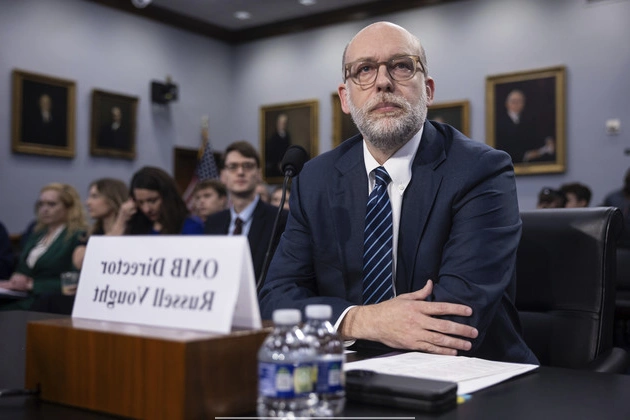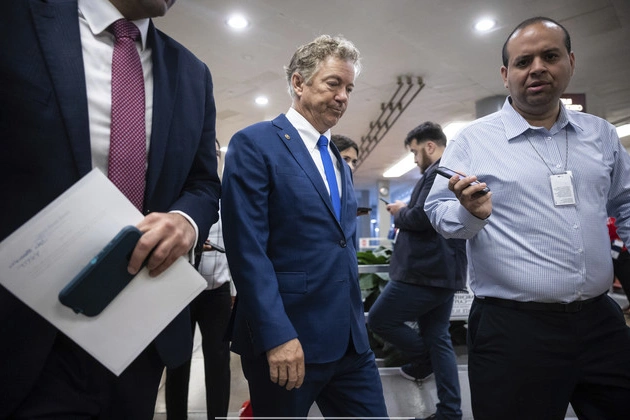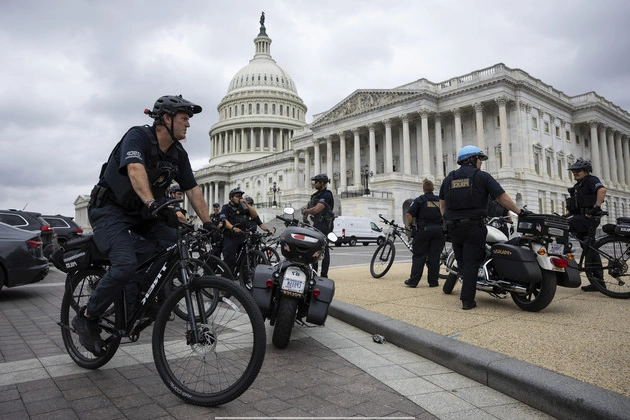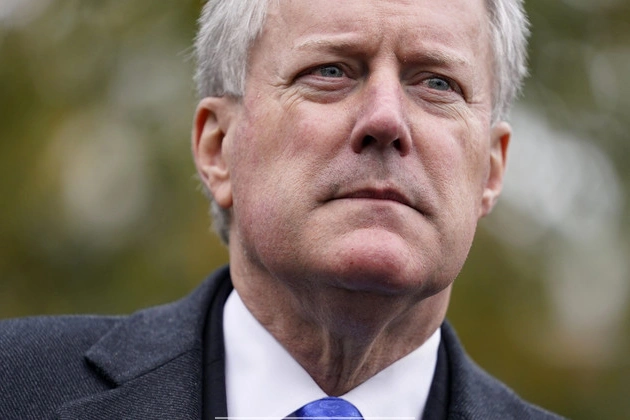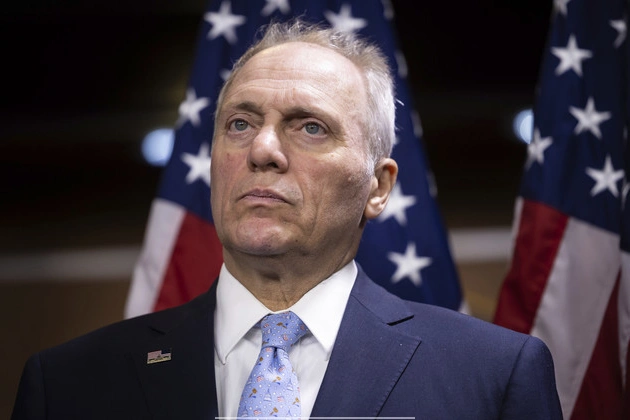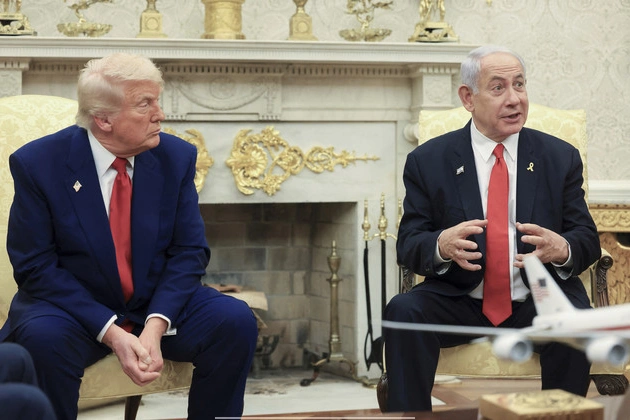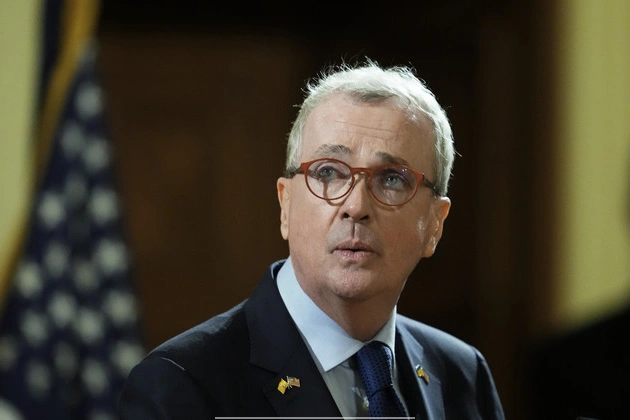
President Donald Trump has unveiled a budget blueprint that seeks massive funding cuts across the federal government. The proposal asks Congress to slash the nation’s overall spending on non-defense programs by more than $163 billion. This move puts pressure on Republican lawmakers to cut over 20% from federal coffers that Trump has been freezing without their approval since Inauguration Day.
Environmental and Education Programs in Focus
Trump’s budget calls for dramatic reductions to key environmental, energy, education, and foreign aid programs for the upcoming fiscal year. It also aims to eliminate hundreds of millions of dollars in grants and projects deemed ‘wasteful’ by the administration. Some agencies may face complete elimination under this proposal.
While proposing cuts in certain areas, Trump is simultaneously seeking sharp increases in funding for priority sectors like border security, defense, air and rail safety, and law enforcement activities.
Congressional Response and Budget Realities
The fiscal 2026 spending plan, known as the president’s ‘skinny budget,’ is more symbolic than practical. Congress typically crafts its own spending bills, often dismissing the White House’s proposals. House Republicans, in particular, are cautious about adopting Trump’s total figures as the ceiling for funding bills.
House Appropriations Chair Tom Cole emphasized the need for congressional input in budget decisions, highlighting the delicate balance of power between the Executive Branch and lawmakers.
Despite the budget’s symbolic nature, it reflects Trump’s spending priorities and political goals. The administration’s efforts to control federal spending have sparked debates and legal challenges, as Trump bypasses Congress to freeze funds and reshape government operations.
Budget Dynamics and Government Restructuring
As Trump aims to restructure the government, he has tasked officials with significant spending cuts, leading to widespread disruptions. This approach has stirred tensions within the Republican Party, setting the stage for budget battles in the near future.
The budget proposal outlines a significant reduction in federal non-defense discretionary spending for fiscal 2026. This reduction would necessitate extensive changes to domestic programs, foreign aid, and agency operations.
Programmatic Impact and Policy Shifts
The budget suggests defunding EPA initiatives labeled as ‘environmental justice’ efforts and cutting Department of Education grants related to teacher support and diversity programs. Proposed closures of USAID and the U.S. Institute of Peace signal broader shifts in foreign assistance strategies.
Various departments, including Health and Human Services, Housing and Urban Development, Interior, and Labor, face substantial budget cuts under the proposal. Additionally, NASA, State Department programs, and conservation efforts are targeted for reduced funding.
The budget blueprint outlines a comprehensive restructuring plan that aligns with the administration’s vision for government efficiency and fiscal discipline.






